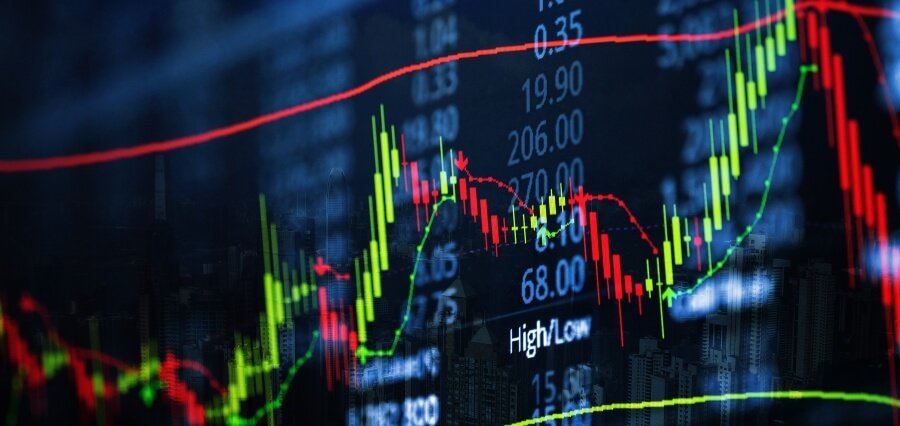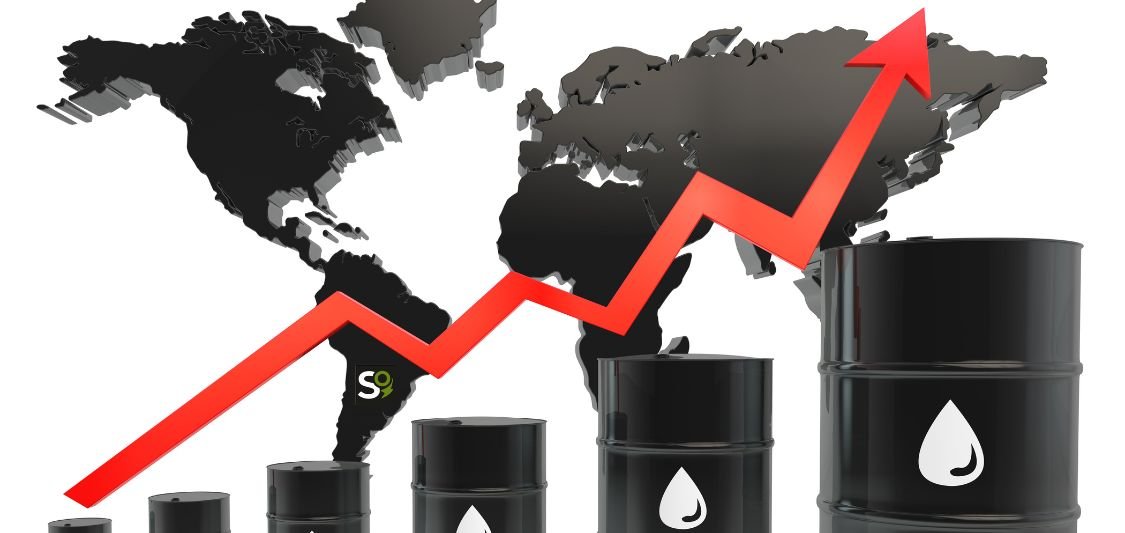Prime Highlights
- U.S. stock futures fell sharply as markets responded to President Trump’s announcement of sweeping new tariffs.
- Investor concerns over the prospects of a recession and global trade disruption fueled the sell-off in all of the major indexes.
Key Facts
- The S&P 500, Dow, and Nasdaq futures all registered losses of about 4-5% ahead of the opening bell.
- Trump’s new tariff policy is considered a giant geopolitical and economic stimulus shaking global investor confidence.
Key Background
Wall Street started the week on a low note with U.S. stock futures falling heavily after President Donald Trump made a bold move to impose wide-ranging new tariffs. S&P 500 E-minis dipped 4.27%, Dow E-minis declined 3.96%, and Nasdaq 100 E-minis dipped 4.58% in indication of very weak opening when markets are scheduled to open.
The steep drop-off is an indicator of increased apprehension that the latest tariffs escalation can get out of hand and become an all-out global trade war. Trump’s action to impose import duties on key trading partners has instilled fear of retaliatory actions and their effect on U.S. exports, inflation in consumer prices, and company outlays. The Nasdaq, dominated by technology stocks, was hardest hit, with most of its members depending on overseas supply chains.
President Trump responded with the concept that the U.S. must “take medicine” now in order to cure long-term trade deficits. The administration will cast the tariffs as the adjustment necessary, but the market can view the short-run economic sacrifice such a change would impose. Vulnerable sectors for America will be automotive, consumer goods, and electronics sectors, which will also experience elevated input prices and accompanying declines in foreign demand.
Experts warn that if tensions continue to rise, recession threats are much higher.
The way forward for the Federal Reserve in the future is also made more challenging, since it now has to balance inflationary pressures from tariffs with potential growth slowdowns. Investors now anxiously monitor corporate profits, jobs reports, and consumer spending data looking for signs of more dire stress.
In general, the mood on Wall Street is one of heightened caution. While volatility should still be high, market players will insist on even more clarity with regard to the extent and duration of the new trade measures as well as any possible diplomatic moves aimed at softening tensions in the coming days.








